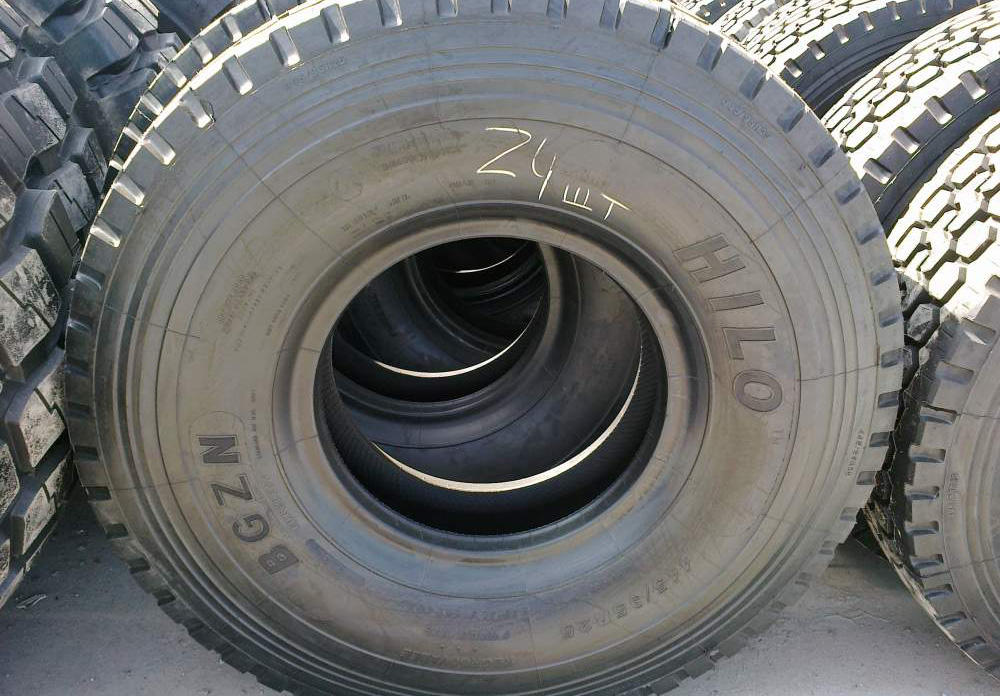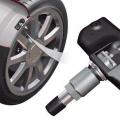During its five thousand year history, the wheel has gone through a grandiose evolutionary path from a wooden disc to a rubber tire. A wheel is a unit of a vehicle that is fixed and freely rotating on an axle, which allows the body to roll. Nowadays, numerous tire points of sale offer products of different brands. There are two: radial and diagonal. We propose to understand the differences between these two types of tires.
Differences between bias and radial tires.
How the bus works
First you need to understand the structure of pneumatic tires. Any tire has several layers:
- Carcass - forms and strengthens the tire.
- Breaker - a smooth transition from the carcass to the outer layer of the tire. It is he who takes over the load of the wheel. The reinforcing function here is performed by a cord - layers of metal and polymer threads.
- Tread - in direct contact with the road surface.
A radial tire has steel or polymer carcass threads that run in the direction of the radius from the side of the tire to its profile. These threads do not intersect and lie parallel in each layer. Such a tire has one bead. The marking on the sidewall of the tire is "R" or "Radial". Very often on sale we find tubeless (marked "TUBELESS") radial tires. On the side of the tire can be seen similar to -195/65 R15. In this example, the width of the section is 195 mm, the ratio of height to width is 65%, the R-radial tire, the rim diameter is 15 inches.
The advantages of this type of tire
Among the advantages of radial tires are:
- longer service life;
- radial tires have low rolling resistance;
- This type of car tire has fewer belt layers - this contributes to good heat dissipation, which appears when the tire and the road surface rub. When driving at high speed, the tires overheat less;
- when a tubeless tire is punctured, the pressure drops from it very quickly, which makes it possible for the driver to get to the nearest tire fitting;
- the tread contact patch is much larger than that of bias tires, and the investigator and grip are much better. The handling and stability of the vehicle will be almost the same in good and bad weather;
- light weight of the tire and the load on the transmission units, also such tires are more convenient to install on the car.

Disadvantages of radial tires
Don't forget about the cons:
- the unprotected sidewall is afraid of cuts and overloads. So when hitting a curb or hitting a wheel at speed into a hole, the tire is pushed to the disc, the pressure rises and the synthetic fiber layer inside breaks, as a result;
- damage to radial tires leads to their inevitable replacement with new ones;
- the main problem for products of this type is their high cost.
A bias tire has twisted cords that run diagonally from side to side. The cords intersect at an angle in the tread area. Has two bead rings. Bias tires are classified as tube tires. This type of tire is intended for installation on special equipment (tractors, loaders, etc.).
Why do people buy bias tires
The advantages of diagonal tires should be noted:
- the simple design of such tires significantly reduces the cost;
- the side part has high strength;
- a bias tire actively absorbs loads that arise when a wheel hits a pit;
- good maintainability.

Disadvantages of this type of tire
All the advantages of this type of tire cannot cover their disadvantages:
- the large weight of the tire negatively affects the transmission units, the fuel consumption increases;
- when significant loads occur, deformation of the tread is observed. This means that such a tire will be sent for recycling much earlier;
- a small patch of contact of the tread with the roadway will become a big problem when driving in bad weather or when working with loads;
- when driving at a speed above 40 km / h, the displacement of the tire sidewalls causes friction, which increases the temperature of the tire;
- according to statistics, the mileage of diagonal tires is 2 times less than that of radial tires.
So which is better: radial or diagonal
The presence of radial and bias tires on the market is understandable. We can say that each buyer sees the best for himself, guided by his own set goals and objectives. For commercial vehicles, radial tires are too expensive, which is why businesses use bias tires. Although quite recently, one well-known French company conducted a study in the selection of types of tires for large industrial special equipment. They took into account the cost of various types of tires, and the efficiency of equipment during work, and fuel consumption. The result was a complete victory for the radial tire.




